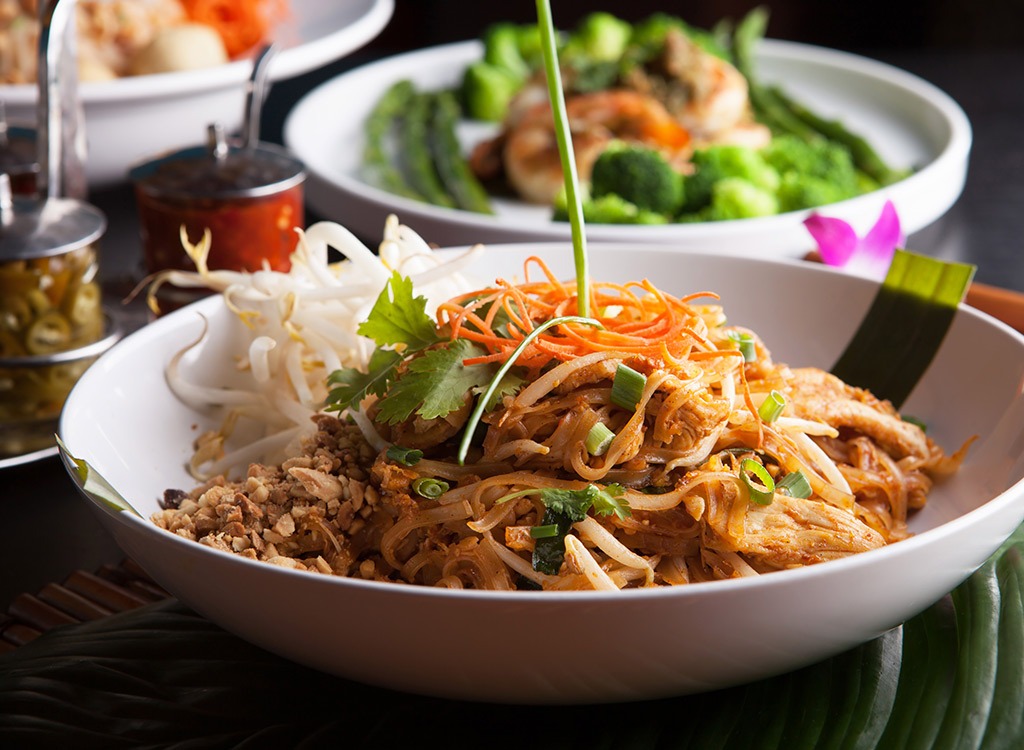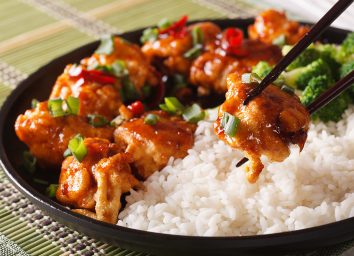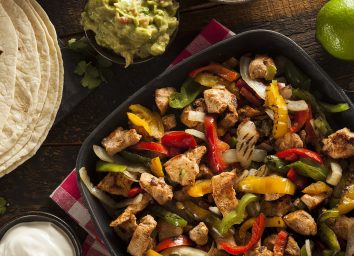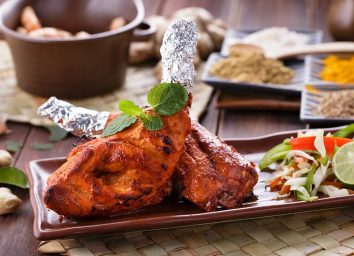How to Eat Healthy at a Thai Restaurant

For a lot of us, Thai seems like the healthier, lighter alternative to Chinese food. And many of the dishes you’ll find here fill that role—the summer rolls are like spring rolls, without the long hot oil bath. Spicy peanut sauce is a healthier choice by far than some of the heavy Chinese sauces. And soups like tom yum rely much less on sodium than egg drops do, and much more on healthy spices like lemongrass and cilantro.
But there are plenty of boobie traps on the Thai menu as well. The word “Pla,” for example, should make you say “Blah!” It basically means “deep-fried.” And keep an eye on fancy versions of rice (sweet coconut) or iced tea—they generally carry serious doses of sugar.
Use these nine essential tips and you’ll order a satisfying dinner that will also help you slim down.
Choose Your Rolls Wisely
Spring = deep-fried. Summer = not deep-fried. Now choose accordingly.
Say Yes to Satay
Lean grilled meat on a stick slathered in a spicy peanut sauce. Seriously satisfying, low-fat food.
Share This Sizzling Side
Laced with ginger, garlic, and chilies, Thai-style vegetables pack huge flavor for few calories. Try splitting an entrée with a companion and sharing a side of sizzling vegetables to round out the meal.
Make Smart Swaps—or Pass
Thai fried rice is nearly as oil-soaked as its Chinese counterpart. Skip over this part of the menu.
Double Check the Tofu
This meat-free protein acts like a soybean sponge, sucking up anything it comes into contact with. When it’s fried, that often translates into a heavy dose of oil and little else. Ask for it sauteed, or stick to vegetables.
Choose a Classic
Ordering Pad Thai is a safe bet. An average portion of this popular noodle entrée can be 600 calories, but it’s usually very low in saturated fat, making it a pretty good option.
Pass on the ‘pla’
Allow us to translate Pla Lard Prik for you: The crispy whole snapper’s “crispy” part comes from its bath in a wok of hot, bubbling oil. Eat the whole thing with rice and the meal tops out around 900 calories.
Cozy Up to Curry
Thai curries, regardless of color, use coconut milk as a base. While high in saturated fat, most of that comes from lauric acid, which has been shown in more than 60 studies to decrease your risk of cardiovascular disease. Pick a lean protein like shrimp or chicken, and this makes for a healthier option than many of the noodle-based dishes.
Turn Down the Tea
Any potential benefits of the brute-strength black tea in Thai iced tea are hopelessly diluted by the addition of sweetened condensed milk and a few fistfuls of sugar. Sip this and your blood sugar levels will soar, which signals your body to start storing fat.








